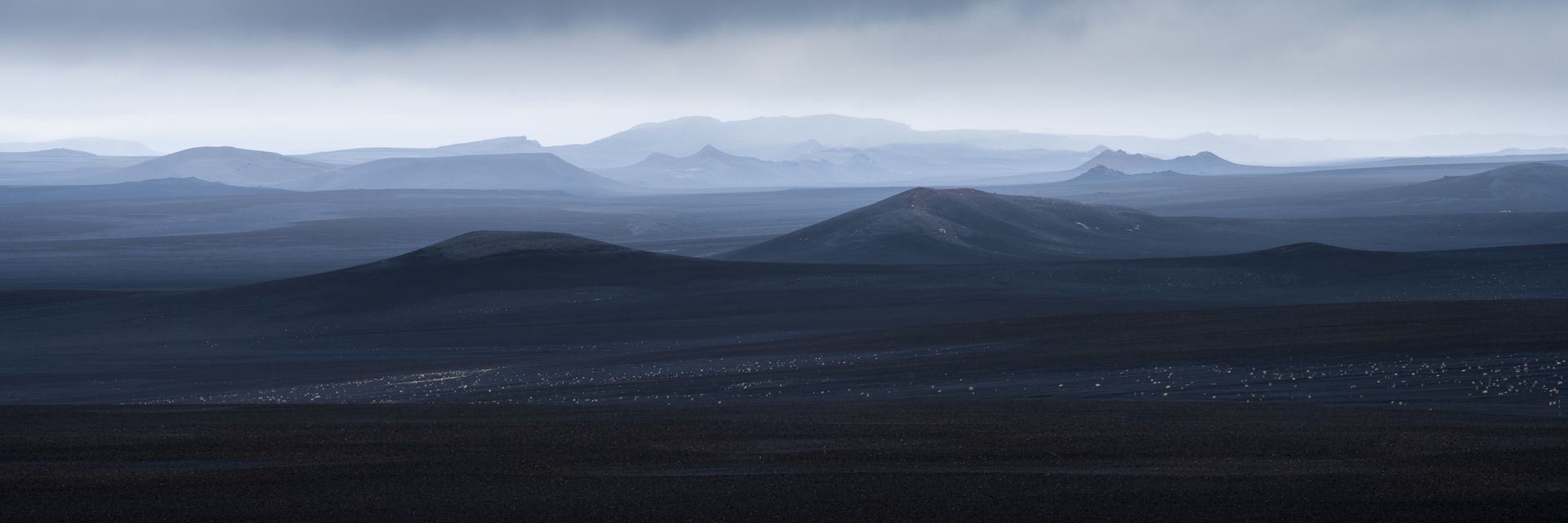We Belong to Gaia – Introduction to a New Project

“One thing that being a scientist has taught me is that you can never be certain about anything. You never know the truth. You can only approach it and hope to get a bit nearer to it each time. You iterate towards the truth. You don’t know it.”
| James Lovelock
The Gaia Hypothesis, introduced by James Lovelock in 1972, proposes that living species on the planet interact with their inorganic surroundings to generate a synergetic and self-regulating system that creates and maintains the climate and biochemical conditions that allow life to exist on Earth.
In this project, I go back to the origins of the formation of the earth. In the black desert in Iceland, a blanket of black lava is formed after volcanic eruptions. These volcanic soils are particularly fertile because the ejected ash contains important plant nutrients. It is rich in phosphorus, potassium, and calcium. Water, wind, sun, and frost soon cause a thin layer of soil to form on the rock. Plants find many nutrients in this soil.
With these steps, I go in search of self-regulation and look for examples of how our nature manages to regulate itself and when. My photographs understand themselves as documentation of these wonderful events.
